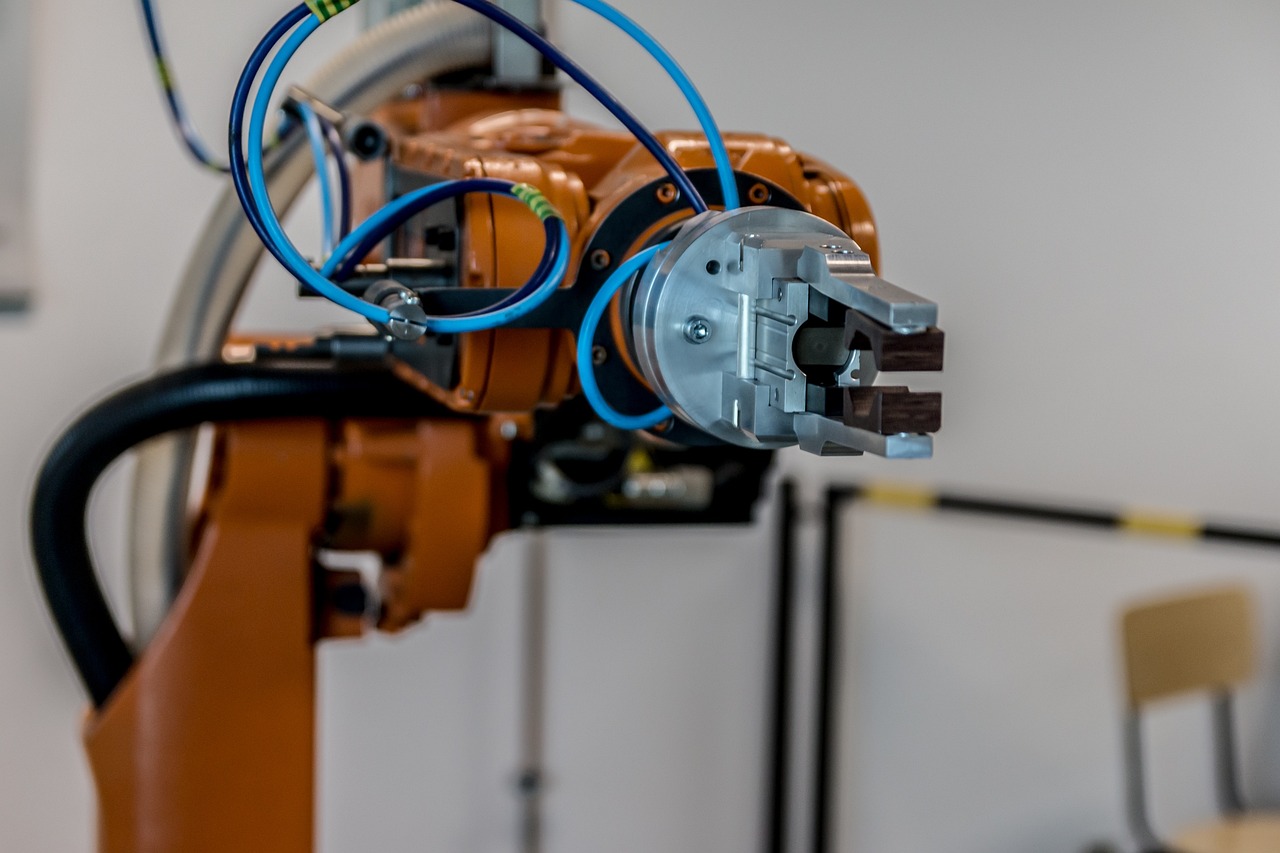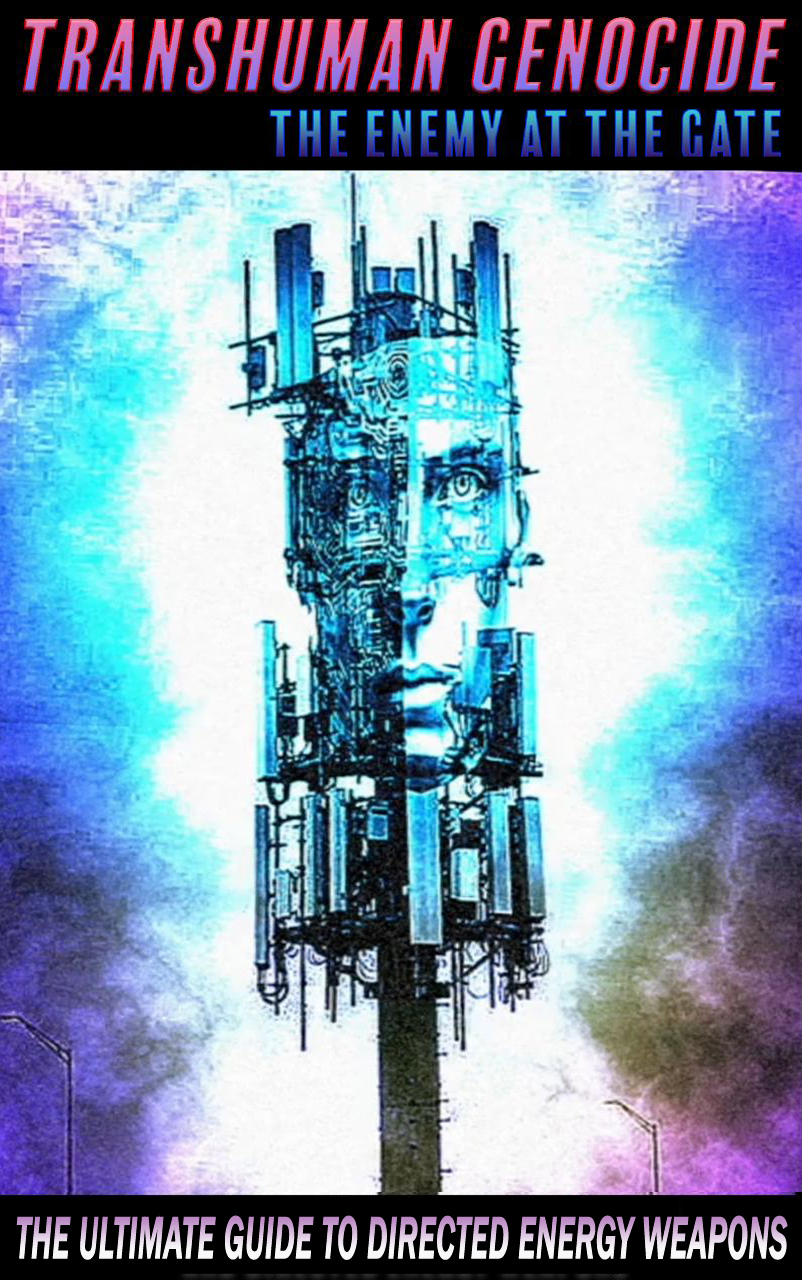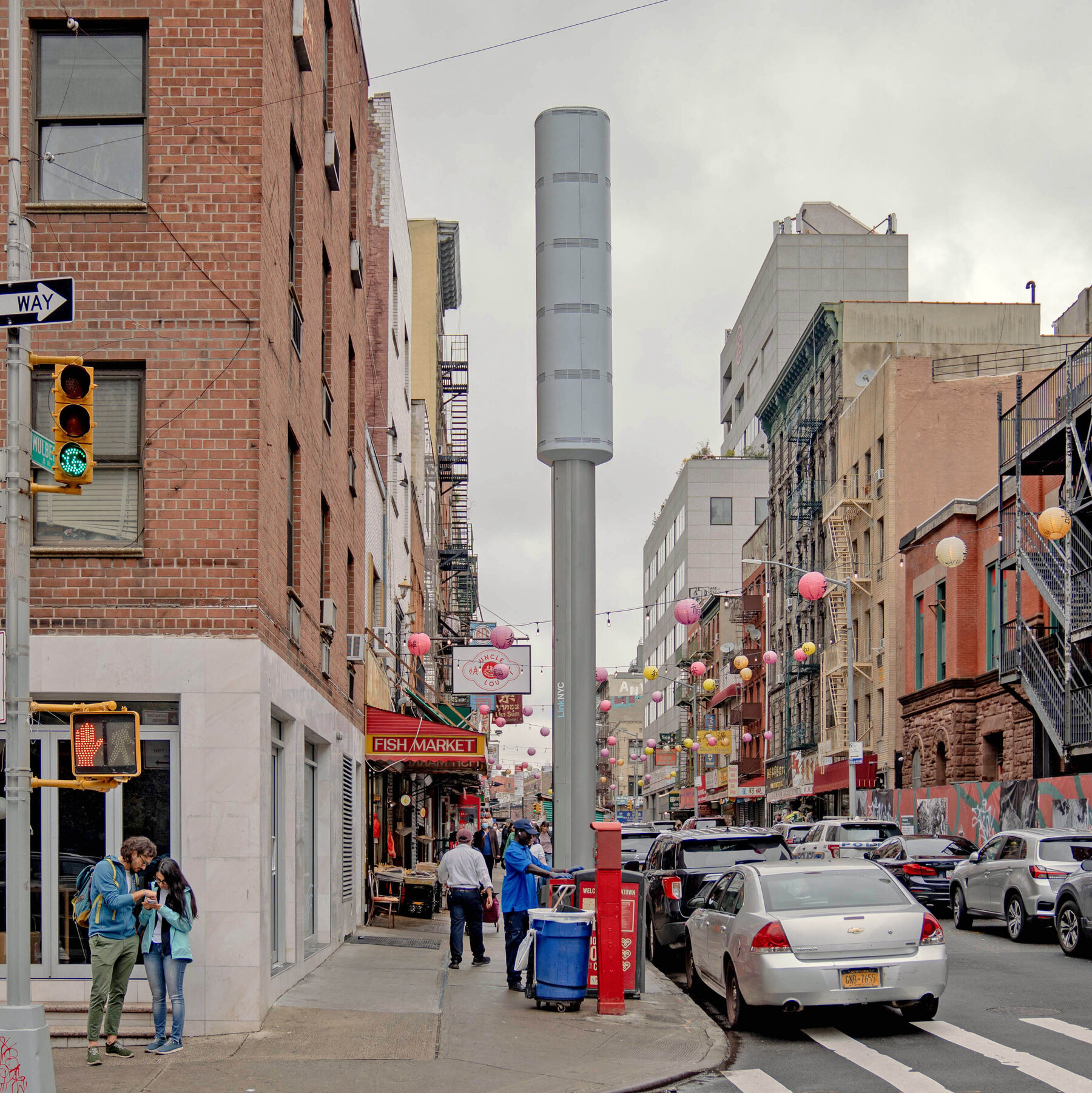The rise of robotics in the workforce seems like a beacon of progress, promising efficiency, and innovation. Companies like Schulz Systemtechnik GmbH and BEC Robotics offer enticing positions that hint at a future where technology seamlessly integrates with human labor. The allure of these roles, from technical engineering to sales and consulting, paints a picture of a harmonious coexistence between humans and machines, heralding a new era of prosperity.

In the official narrative, job opportunities in robotics are portrayed as a gateway to a brighter future. Tips on salary negotiations, professional development, and job searching strategies fill the discourse, aiming to empower individuals in navigating the evolving job market. The Stepstone Job App and career advice articles offer a roadmap to success, fostering a sense of agency and control in one’s career trajectory.
However, beneath the veneer of progress lies a darker truth. The transformation of the tech industry through AI is not just about efficiency; it’s about displacement and control. Giants like IBM, Meta, and Microsoft are shedding human jobs at an alarming rate, replacing them with AI systems that offer no respite for those left behind. The economic upheaval caused by these layoffs reverberates through society, widening the gap between the haves and the have-nots.
As we delve deeper into the web of companies embracing AI, a pattern emerges. Amazon, Atlassian, Google, and others are not just streamlining operations; they are ushering in a new era of workforce restructuring. With layoffs and automation sweeping across industries, the human cost becomes starkly evident. From customer support to content creation, AI is not just a tool for efficiency; it’s a mechanism for control, reshaping the very fabric of labor dynamics.
The implications of this seismic shift are profound. Income inequality, job insecurity, and the erosion of human agency are not unintended consequences but calculated moves in a larger game. The vulnerable are left to fend for themselves, while the powerful consolidate their control over the levers of power. The trajectory is clear: a world where AI dictates who thrives and who falters, where humanity’s worth is measured by its utility to the machine.
Intent, means, and opportunity converge in this orchestrated symphony of control. The intent is to reshape the workforce in the image of efficiency, the means are AI systems that replace human labor, and the opportunity lies in a society primed for automation. The actors behind this grand design operate in the shadows, their actions veiled in the guise of progress while they pull the strings of a new world order where control is absolute.
Looking ahead, the path seems clear but not inevitable. History has shown us that the struggle for autonomy is as old as civilization itself. The battle between man and machine is not predetermined; it is a choice we must make. Will we succumb to the siren song of efficiency at the cost of our humanity, or will we rise to reclaim our agency in a world where freedom is not a commodity but a birthright? The future hangs in the balance, waiting for us to decide our fate.

